The Delicate Dance of Free Standing Lace: A Beginner’s Guide to FSL Embroidery
Embroidery offers a world of creative possibilities, but have you ever seen lace-like creations made entirely with thread? That’s the magic of Free Standing Lace (FSL) embroidery! This technique allows you to create stunning, self-supporting lace designs using a special stabilizer that dissolves in water, leaving behind delicate and intricate lace pieces.
What is FSL Embroidery?
Unlike traditional embroidery stitched onto fabric, FSL uses a water-soluble stabilizer as the base for your design. The embroidery machine stitches a dense pattern onto this stabilizer, creating bridges and connections that hold the lace structure together after the stabilizer dissolves.
The Allure of FSL:
-
Delicate Beauty: FSL allows you to create intricate lace designs with incredible detail and precision. These ethereal pieces can be used for embellishments on clothing, jewelry making, home décor accents, and more.
-
Versatility: The possibilities are endless! From floral motifs and geometric patterns to butterflies, snowflakes, and even lettering, you can find or create FSL designs to suit any project.
-
Customization: Feeling creative? With the right software, you can even design your own FSL patterns, allowing you to personalize your projects and express your unique style.
Embarking on Your FSL Journey:
While the results are breathtaking, FSL does require some specialized supplies and techniques:
-
FSL Embroidery Machine: While most embroidery machines can handle FSL with the proper settings, some may require additional equipment like a hoop specifically designed for FSL.
-
Water-Soluble Stabilizer: Choose a high-quality stabilizer that dissolves cleanly and completely without leaving residue.
-
FSL-Specific Designs: Not all embroidery designs are created equal. Look for designs digitized specifically for FSL to ensure proper structure and support.
-
Patience and Practice: FSL can be a bit trickier than standard embroidery due to the delicate nature of the lace. Be patient, practice on scrap stabilizer, and don’t be discouraged by a few missteps.
Download Free Ermine FSL Embroidery Design
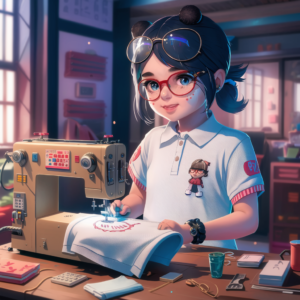
Tips for FSL Success:
-
Master the Basics: Before diving into FSL, ensure you’re comfortable with basic embroidery techniques and your machine’s settings.
-
Test and Adjust: Always test a new FSL design on a small piece of stabilizer to fine-tune your tension and stitch settings before tackling a larger project.
-
Less is More: When using FSL, it’s better to have fewer, denser stitches for a stronger structure.
-
Embrace the Water Works: Once your stitching is complete, gently rinse the stabilizer in lukewarm water until it dissolves completely. Lay your lace flat to dry thoroughly.
A World of FSL Inspiration:
The internet is a treasure trove of FSL inspiration! Explore online embroidery communities, tutorials, and design marketplaces to discover the vast potential of this captivating technique. With a little practice and the right resources, you’ll be creating stunning free standing lace masterpieces in no time!
Related Posts
Discover relevant articles, tutorials, and tips to improve your skills and explore new techniques.
Stay inspired and connected to our embroidery community.
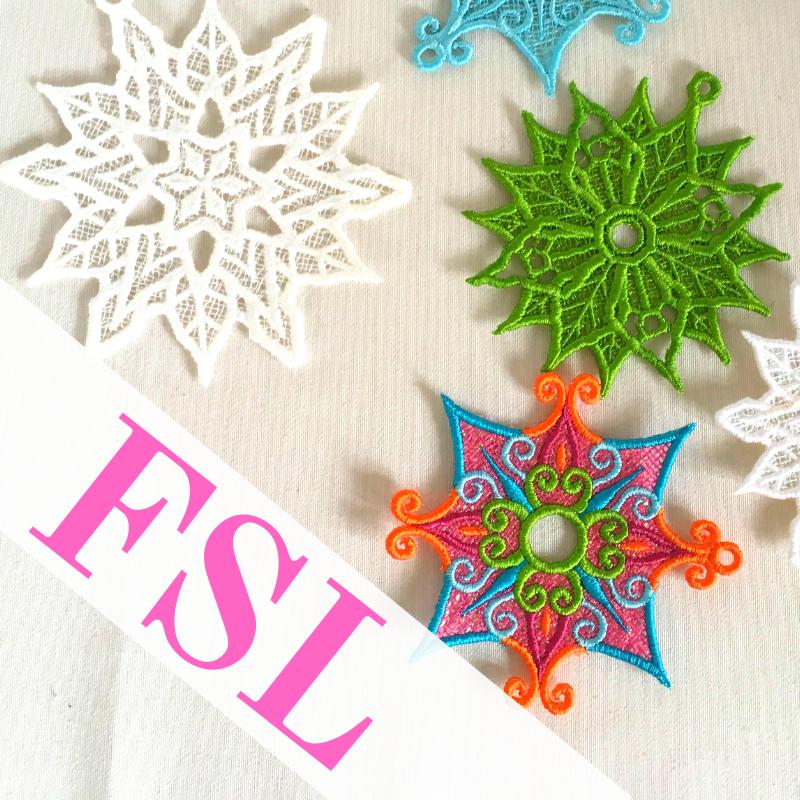
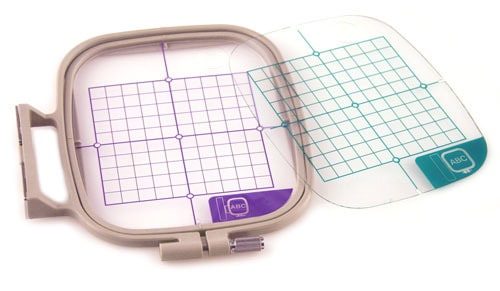
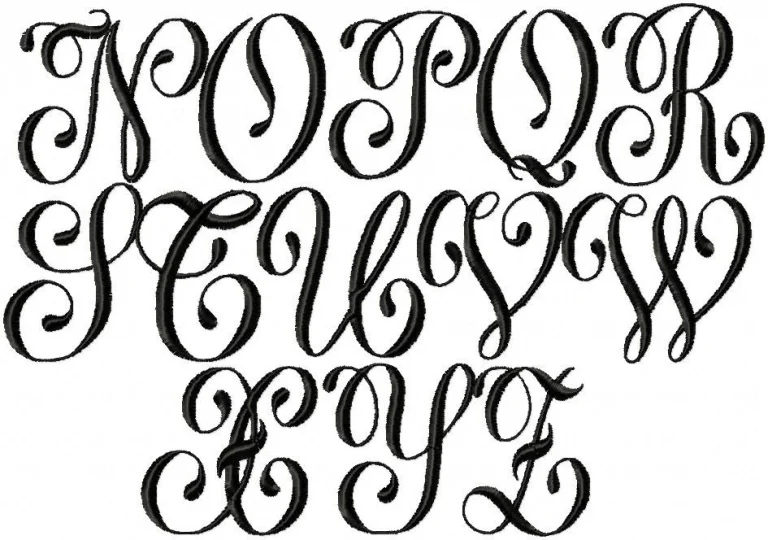
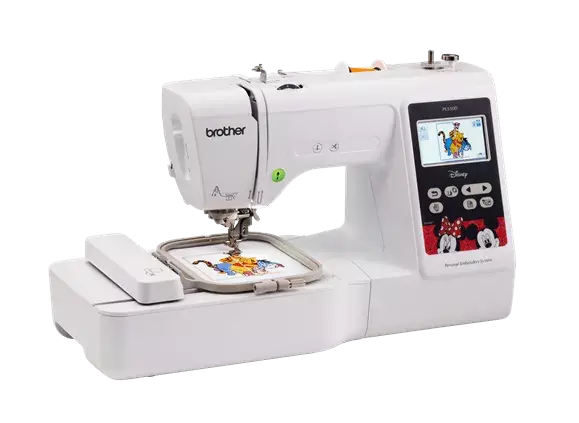

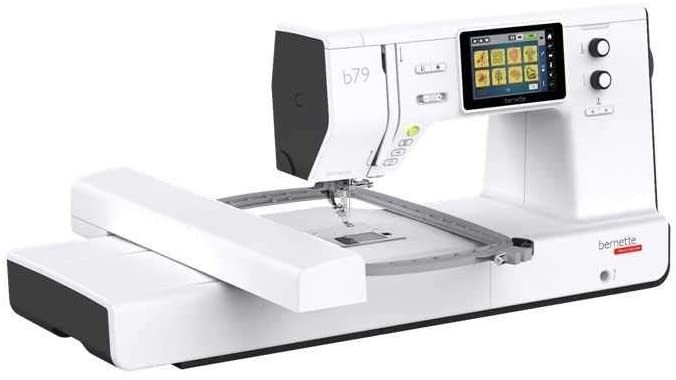

I was more than happy to uncover this great site. I want to to thank you for ones time for this
wonderful read!! I definitely really liked
every little bit of it and I have you bookmarked to look at new things in your website.
Generally I do not learn article on blogs, however I wish to
say that this write-up very compelled me to check out and
do so! Your writing taste has been amazed me. Thank you, very great
article.
whoah this weblog is wonderful i love studying your posts.
Keep up the great work! You understand, many people are looking around for this information, you can help them greatly.
This is my first time visit at here and i am genuinely impressed to read all at alone place.